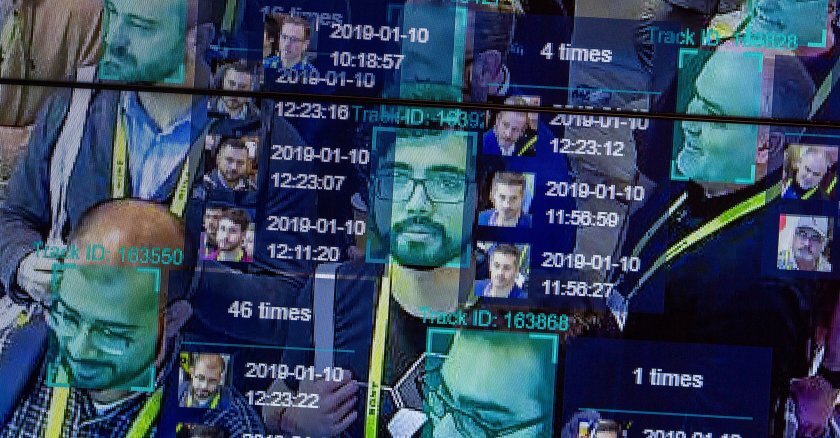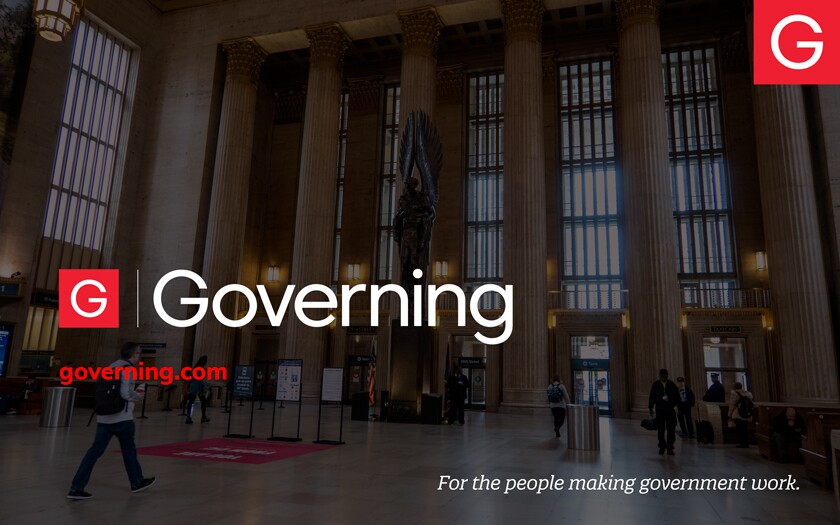"The neighborhood fabric is being sacrificed for this overpass," Laura Vargas told a Metropolitan Transit Authority committee on Tuesday.
Metro's board, which meets Thursday morning, is scheduled to approve a preferred route for the University Corridor BRT project, a 25-mile plan for dedicated bus lanes from the Tidwell Transit Center, south along Lockwood to the University of Houston and Texas Southern University, then west mostly along Wheeler, Richmond and Westpark to the Westchase Park and Ride.
If the project's design is finalized and federal approval — and money — arrive as Metro has anticipated, construction on the $1.5 billion project could begin late next year or early 2025, with buses operating along portions of the route by 2028.
Approval of the preferred route is significant because it is the specific location Metro will plan to build, and any adjustments would deviate from that plan if issues arise.
"It is certainly not the end of the process," said Yuhayna Mahmud, project manager for the University Corridor.
Design of the 25.3-mile line is 30 percent complete, she said.
Eastwood residents, however, have seen enough to organize their concerns over a planned overpass on Lockwood from Rusk to Sherman, spanning Harrisburg Boulevard, the parallel Union Pacific Railroad tracks and the Green Line light rail. Dozens have shown up at various Metro public meetings over the past month to discuss the project, including a meeting specifically to discuss the overpass Tuesday night. The concern for many is that the overpass would undermine the community by separating the buses from traffic while physically dividing the neighborhood.
"It should be for the people and not over the people," overpass critic Tina Brady told Metro officials Tuesday afternoon.
Vargas, an architect who lives about one block from the proposed overpass, said Metro officials need to do more to develop alternatives to the overpass that minimize the impact on the area. She urged them to not approve a route until more analysis is done and other options evaluated and shared with the public.
Metro officials, however, say they have examined alternatives and an overpass is the best solution. The freight tracks, the blockage of which is a continual complaint from Eastwood residents and others, mean an at-grade crossing cannot happen without compromising the speed of the bus service.
"It would not provide a rapid transit service at all," Mahmud said.
She said officials also explored an underpass, but building beneath the railroad tracks likely would consume more land along Lockwood; elevated lanes for the buses would allow the street traffic to flow partially beneath the overpass. Separating all traffic from the railroad tracks, meanwhile, means an even larger overpass that many in the community oppose because it would result in the loss of more trees and homes.
Moving the route to another street risks making trips to and from the bus stations less convenient, especially given that only three streets — Hirsh, Lockwood and Wayside — cross Buffalo Bayou.
The debate is not the first between Metro and East End residents over an overpass. Transit officials offered to build an underpass along Harrisburg as part of the Green Line light rail project after the community balked at a towering overpass for the trains.
Metro, however, reneged on the plan when environmental analyses showed soil contamination from underground storage tanks — which dot industrial areas around the East End — would make an underpass too costly and time-consuming. Community leaders accused Metro of going back on its word, but the overpass was built over community objections to complete the Green Line.
Like many transit agencies nationwide, Metro still is rebounding from steep losses in ridership during the COVID 19 pandemic. Though Metro ridership in January was 29 percent higher than it was in the same month last year, overall use still is 23 percent below January 2020, prior to COVID restrictions.
Some bus lines, including the Route 80 MLK-Lockwood that operates in Eastwood along Lockwood, is seeing even slower growth. Its January ridership was 38 percent below the same month three years ago.
The region's first BRT route, the Silver Line, also continues to fall far below the use officials predicted prior to its August 2020 opening. An average of 849 weekday trips were taken in January, according to Metro data, placing the line below the average number of passengers per mile of service and boardings per hour of operation for Metro's core bus routes.
(c)2023 the Houston Chronicle. Distributed by Tribune Content Agency, LLC.
Related Articles










